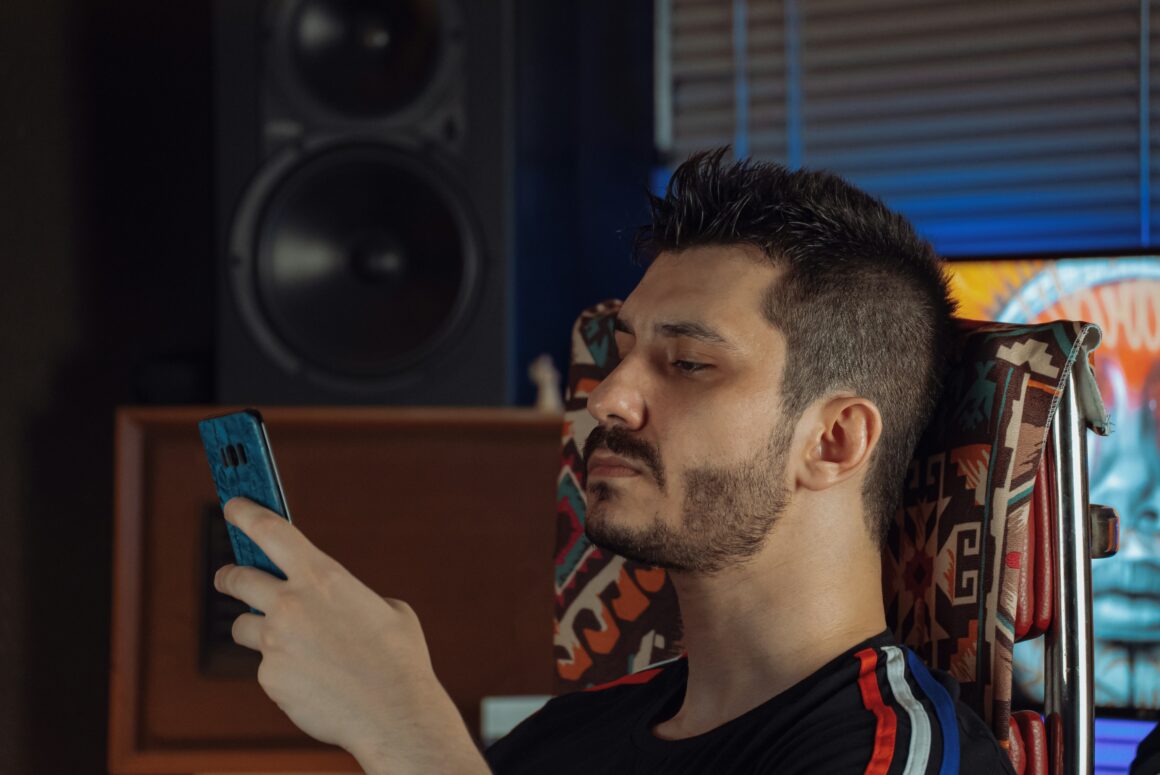A preconceived opinion that is not based on reason is known as prejudice. Prejudice often leads to gross thoughts and, eventually, actions in the form of discrimination– especially when it involves race.

Although discrimination and bigotry against racial minorities are entirely inexcusable no matter the circumstance, psychology plays an imperative role in explaining how this type of injustice has persisted. Certain aspects of the human psyche, including the process of stereotyping and our tendency to form groups, can help us understand how and why discrimination still exists today.
Simply defined, stereotyping is developing beliefs about a person based solely on their outward appearance. Stereotyping is not always harmful– the ideas that librarians are introverts or that Italians enjoy Italian food, for instance, are quite common and innocuous assumptions.
Previous encounters that we have form the stereotypes that we create. When we already have a preconceived idea of someone or something in mind, our brains can react quickly since we’ve reduced the amount of processing required to judge a particular situation. Without these stereotypes, our minds wouldn’t be able to keep up with the ever-changing environment. Because of our ability to stereotype, we can respond rapidly to new experiences and use previous encounters to “guess” certain characteristics we may think things and people are likely to have.
Stereotypes, however, can restrict perceptions of people’s individuality, thereby leading to limiting and often derogatory assumptions.
When we social stereotype, we place people into categories. According to Dr. Paul Bloom of Yale University, we do this unconsciously and with respect to age, sex, and race. Social stereotyping leads to a “sorting” that often places people into what is considered an in-group, consisting of people they associate with, and an out-group.

Labeling those who we don’t consider to be part of our in-group was probably favorable during evolution. As our ancestors relied largely on collectivism, tribes and other small groups were close and intimate, likely viewing outsiders as competition for resources or threats to their survival. Today, this mindset coupled with racial bias can lead to people associating themselves with members of the same race and creating negative views of those in the out-group. Unfortunately, these views can easily turn into prejudiced actions, or discrimination, that harm members of that outgroup– which sometimes consists of people of a different race.
What can we do to overcome these psychological prejudices? According to Psychology Today, increasing positive emotional experiences with members of our out-groups can reduce discrimination. Spending more time with people we don’t identify with will reveal their individuality and eliminate negative stereotypes.
Additionally, intervening during childhood to prevent prejudiced views from forming can be highly effective. Racial stereotyping is acquired during childhood, sometimes as early as age 3 or 4. Young children easily pick up on the attitudes and behaviors of their parents, friends, family members, teachers, coaches, and other influential figures. Through observing how these people talk about or interact with members of the outgroup, children will often learn to think and act in the same manner.
Intervening in the elementary school classroom can help combat racial stereotyping. Around this age, a child’s own stereotypes and biases aren’t as ingrained as they would be later in life and are thus are easier to change. If children are taught that people are distinctive individuals, not members of groups who all have similar qualities, we will have a brighter future free from discrimination and bigotry.
Featured image via Pxhere.




